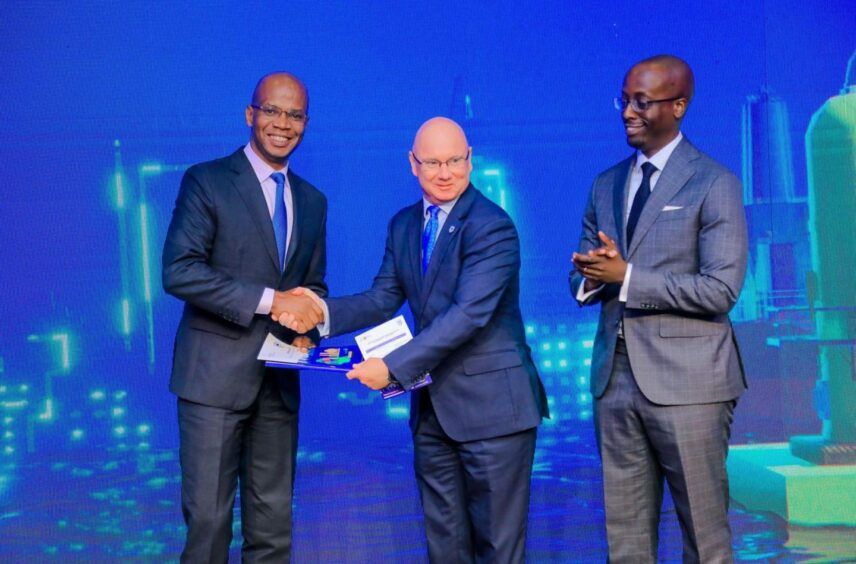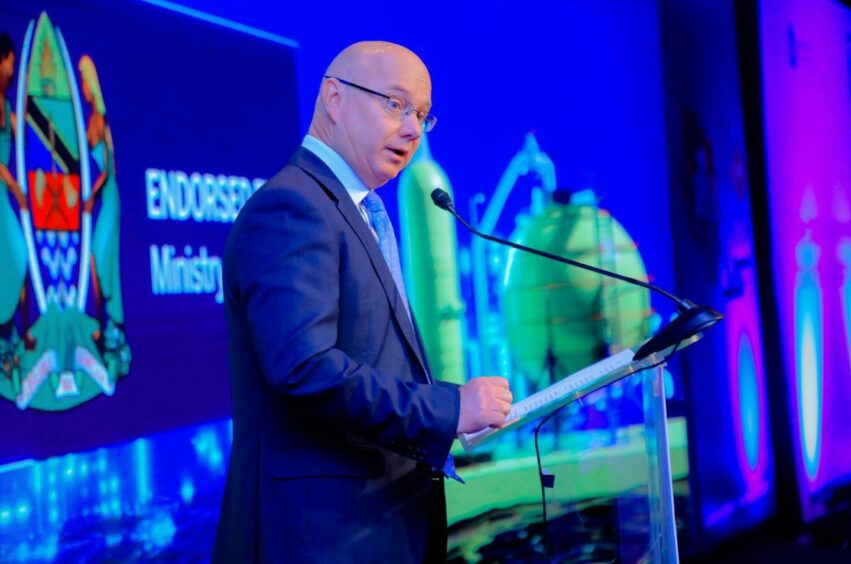
Tanzania’s LNG project could transform the East African state’s economy, stimulating domestic investment and securing Asian markets – if the plan can move ahead on time, Stanbic Bank Tanzania has said in a new report.
Stanbic set out its projections for the $32.7 billion Tanzania LNG project, which covers upstream production from Blocks 1, 2 and 4. The project would produce 15 million tonnes per year of LNG, using around 24 trillion cubic feet of gas between 2030 and 2059.
Energy Minister January Makamba welcomed the report from Stanbic. “We are starved for this kind of analysis, this kind of knowledge,” Makamba said. Accurate data helps drive the public debate, he continued.
Small miracle
The minister said negotiations on the project were “going on very well. It’s almost a small miracle that we’re at the tail end of negotiations, given where we’ve come from and the wide delta that existed between government and its partners – also within the partnership. We are getting there.”
Shell operates Blocks 1 and 4, while Equinor has Block 2.
Makamba said the government “had tremendous confidence that we will sign next month”. Tanzania has previously set out hopes to reach the host government agreement (HGA) by December this year.
“I think you should bet on” Tanzania LNG happening, he said.
Implementing the project could boost Tanzania’s GDP by 6.5-7.5%, or $7-15 billion per year.
While Tanzania LNG will only require around 500 workers when operational, it will need around 6,000 workers during construction.
However, it will also have a major impact on the broader employment question. In the low price scenario, Stanbic forecasts it would create around 277,000 jobs within Tanzania. At the higher end of the price forecast, at $12 per mmBtu, it would create 647,000 jobs.
As such, the bank said it “was clear the project is Tanzania’s best ever economic opportunity”.
Funding plans
Upstream costs would be $15.6bn and liquefaction costs of $17.1bn. Tanzania Petroleum Development Corp. (TPDC) has a 12% stake in the project, which in terms of equity contributions would require $3.92bn.
Makamba said TPDC’s participation was not yet decided. “It may be 12%, it may be less, it may be more. We haven’t decided yet.
The minister went on to say the domestic gas commitment was also not yet confirmed.
The operators would build the onshore plant at the village of Kela, in Li’kongo, in the Lindi region. It would also make significant use of the deepwater port at Mtwara.
In addition to LNG exports, the project would send around 200 million cubic feet per day of gas to local demand.
The report was based on the companies reaching a final investment decision (FID) in January 2025, with all trains completed by 2030.
Train time
In terms of trains, Stanbic backed the use of mid-scale opportunities, with capacity of 1.5mn tpy or 3mn tpy each.
The trains would likely be electric powered, with discussion of solar power, which would reduce scope 1 and 2 emissions. There is also the possibility of carbon capture and storage (CCS).
The bank held a launch ceremony for its report on October 26.
Stanbic flagged three concerns. The first of these was security, with Mozambique’s stalled LNG projects just over the border. It also raised the issue of how the gas project would fit within Tanzania’s wider power plans and the regional gas supply question.
In the low price scenario, based on LNG selling at $5.5 per mmBtu, the project economics may be challenged, Stanbic reported. It calculated pre-tax IRR of 9% in this scenario.
However, with prices at $12 per mmBtu, the IRR rises to 18%.
Standard Bank, in 2019, provided a similar economic report of Mozambique’s proposed Rovuma LNG project. It calculated the IRR for this project at 14.8-18.2%, while putting Mozambique LNG at 12.2%.

 © Supplied by Stanbic Tanzania
© Supplied by Stanbic Tanzania